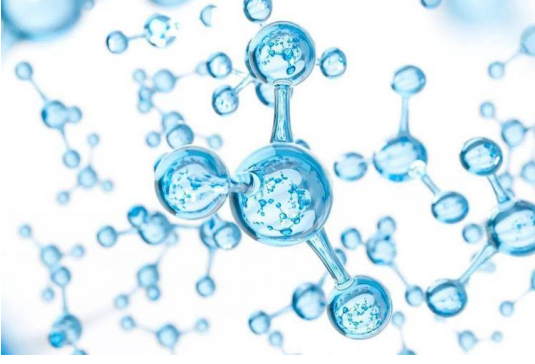proteinexpression refers to the technology of reproducing the target gene into an artificial vector and then introducing it into the recipient cell or cell-free system to express the protein in heterologous system.
Protein expression can solve the problem that native proteins are difficult to obtain. Since the first establishment of heterologous protein expression in the 1970s, thousands of recombinant proteins have been successfully expressed, which effectively promotes the continuous development of biotechnology and biomedical research and industry.
Objective:
Through protein expression, it is first possible to obtain proteins that are difficult to obtain from natural sources.
Secondly, the large batch and high purity of protein expression products not only facilitate the analysis of the target protein, but also greatly reduce the cost.
More importantly, the recombinant proteins are usually selected to indicate a high biosafety of the host cell, thus avoiding some potential biosafety risks of the pathogenic host.
Method:
It mainly includes the processes of gene fragment replication, introduction into the expression system, induced expression, product purification and analysis.
Overview of Protein expression
Classification:
Protein expression systems can generally be divided into:
1. Nuclear expression system: Escherichia coli is the most common protein expression system, which has the advantages of clear genetic background, convenient reproduction, low cost and high expression. However, it lacks translation modification mechanism and is not suitable for glycosylation or special selection point cleavage to modify protein expression. Bacillus subtilis can also be used for protein expression, and its advantages are strong metabolic expression ability and low protease activity, which has gradually attracted attention.
2. Eukaryotic expression system: a certain degree of glycosylation can be achieved after translation, which is closer to the natural activity of eukaryotic proteins. It is mainly included. ① Yeast expression system (common red yeast, brewing yeast, etc.), yeast can be high-density mellow, can be modified after translation, has the advantages of prokaryotic and eukaryotic host cells, and is also a good protein expression system. ② Insect cell expression system: exogenous genes are transfected into insect cells by baculovirus vector for expression. It is a high expression system for eukaryotic proteins, which is suitable for membrane proteins, macromolecular proteins, protein kinases and other proteins that are difficult to express in prokaryotic system. ③ Mammalian cell expression system: the translation and decoration efficiency of mammalian cells is much higher than that of yeast and insect cell systems. The structure and function of mammalian cells are closer to native eukaryotic proteins, but the expression level is low and the cost is high.
3. Cell-free expression system: target proteins can be expressed directly from particles and PCR products, and the expression system is cell-free extracts from Escherichia coli, wheat embryos, rabbit reticulocytes, etc. The advantages of cell-free protein expression are the ability to express products that are difficult to express in other systems, high throughput, and automation, but low expression and high cost.
Post time: Dec-29-2023

